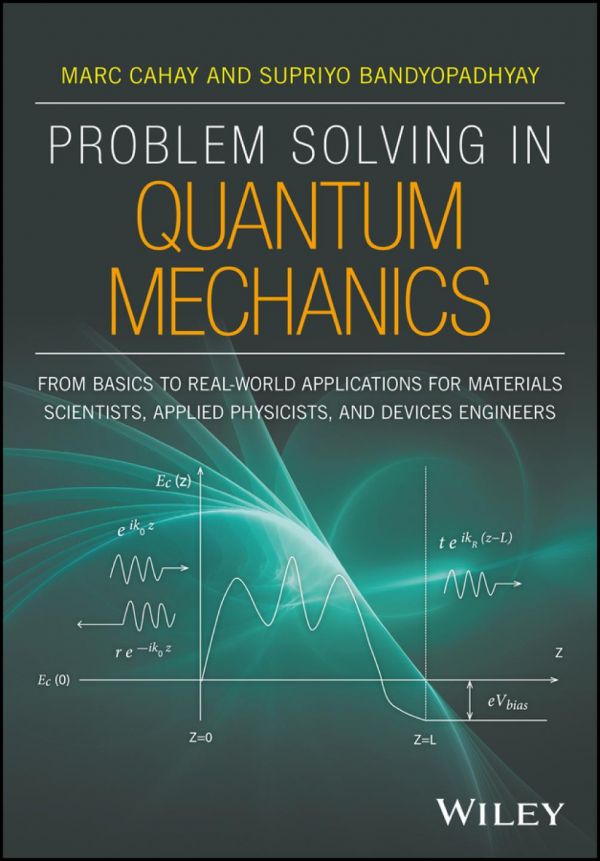

Most ebook files are in PDF format, so you can easily read them using various software such as Foxit Reader or directly on the Google Chrome browser.
Some ebook files are released by publishers in other formats such as .awz, .mobi, .epub, .fb2, etc. You may need to install specific software to read these formats on mobile/PC, such as Calibre.
Please read the tutorial at this link: https://ebookbell.com/faq
We offer FREE conversion to the popular formats you request; however, this may take some time. Therefore, right after payment, please email us, and we will try to provide the service as quickly as possible.
For some exceptional file formats or broken links (if any), please refrain from opening any disputes. Instead, email us first, and we will try to assist within a maximum of 6 hours.
EbookBell Team

4.8
64 reviewsThis topical and timely textbook is a collection of problems for students, researchers, and practitioners interested in state-of-the-art material and device applications in quantum mechanics. Most problem are relevant either to a new device or a device concept or to current research topics which could spawn new technology. It deals with the practical aspects of the field, presenting a broad range of essential topics currently at the leading edge of technological innovation.
Includes discussion on:
Properties of Schroedinger Equation
Operators
Bound States in Nanostructures
Current and Energy Flux Densities in Nanostructures
Density of States
Transfer and Scattering Matrix Formalisms for Modelling Diffusive Quantum Transport
Perturbation Theory, Variational Approach and their Applications to Device Problems
Electrons in a Magnetic or Electromagnetic Field and Associated Phenomena
Time-dependent Perturbation Theory and its Applications
Optical Properties of Nanostructures
Problems in Quantum Mechanics: For Material Scientists, Applied Physicists and Device Engineers is an ideal companion to engineering, condensed matter physics or materials science curricula. It appeals to future and present engineers, physicists, and materials scientists, as well as professionals in these fields needing more in-depth understanding of nanotechnology and nanoscience.